Dance vs. Sport: Why Not Have Both?
Football, netball, rugby… and dance? While dance and sports might seem like they belong in separate categories, the truth is they go hand in hand. Many parents think they need to choose between one or the other, but why not let your child enjoy the benefits of both? Dance isn’t just about performance—it’s a powerhouse activity that builds coordination, flexibility, and stamina, all of which can give young athletes the edge in their chosen sport.
Dance schools, like Just Dance, have long understood how movement can complement athletic performance. Here’s why dance is the perfect partner to sport and why your child doesn’t need to pick just one!
1. Coordination: The Foundation of Every Move
In both dance and sport, coordination is king. From controlling precise movements in ballet to timing a perfect kick in football, the ability to synchronise mind and body is essential. Dance classes teach children how to control their movements with precision, improving balance and reaction time—skills that translate directly into their performance on the pitch or court.
Through regular practice, dancers develop a heightened sense of body awareness that helps them perform better in any physical activity.
2. Flexibility: Preventing Injuries and Enhancing Performance
Ever watched a gymnast do a split or a rugby player stretch to catch a pass? Flexibility is a game-changer, whether you’re leaping across the studio or diving for the ball. Dance routines include stretching exercises that help improve flexibility, which not only enhances performance but also reduces the risk of injuries.
Including dance as part of your child’s routine keeps their muscles strong, supple, and ready for action—qualities every athlete needs.
3. Stamina: Building Endurance Through Movement
Dance is a full-body workout. Whether it’s a fast-paced jazz routine or a street dance session, dancers build cardiovascular endurance that rivals any sport. This improved stamina helps athletes maintain energy and focus during long matches or tournaments.
Regular dance classes provide the type of conditioning that helps young athletes excel in physically demanding sports while boosting their overall endurance.
4. Mental Benefits: Focus, Discipline, and Confidence
Both sports and dance require mental sharpness. Learning choreography in dance hones memory, focus, and discipline—traits that are just as useful when remembering game strategies or staying sharp under pressure.
Dance also builds confidence, helping kids feel empowered whether they’re performing on stage or stepping up for a penalty kick. A supportive and encouraging environment helps children build resilience and a positive attitude that carries over into every aspect of their lives.
5. Teamwork and Social Skills
While sports are well-known for fostering teamwork, dance also plays a role in teaching kids how to collaborate. Group routines and partner work require dancers to listen, support one another, and move in sync—all of which build communication and social skills that transfer seamlessly to team sports.
Being part of a dance community helps children feel connected and valued, which supports their emotional well-being alongside their physical development.
Why Choose When You Can Have Both?
Combining dance with sport gives children a well-rounded foundation for physical and mental success. They’ll gain strength, coordination, and confidence that benefits them in all areas of life. And the best part? They’ll have a blast while doing it!
Dance brings an added dimension to their physical activities, helping them excel in sport while discovering the joy of movement and creativity.
Ready to Add Dance to the Mix?
Give your child the opportunity to experience the best of both worlds. Dance can complement their favourite sport, helping them build skills, stay active, and discover new passions. Book a trial class today and see how movement can unlock their full potential—on stage, on the pitch, and everywhere in between!

